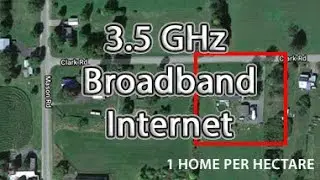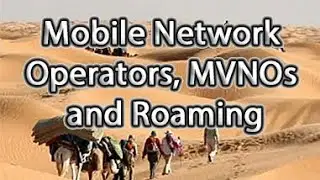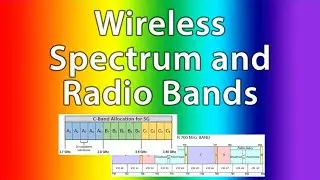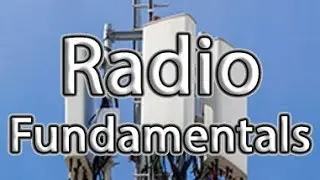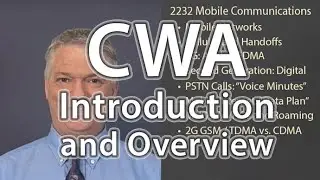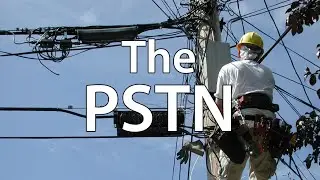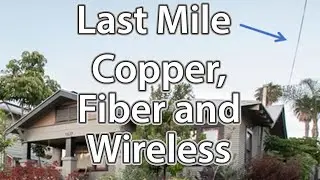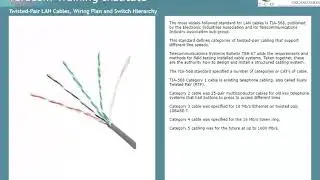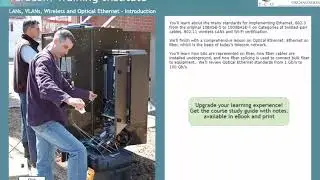Bluetooth
Watch in full quality: https://www.teracomtraining.com/onlin...
Certified Wireless Analyst (CWA) Certification Package
Course L2233: Fixed Wireless, Lesson 2: Bluetooth
Bluetooth is a set of standards for short-range digital radio communication published by a consortium of companies called the Special Interest Group. It was originally developed as a wireless link to replace cables connecting computers and communications equipment.
Applications include wireless keyboard, mouse and modem connections… though today, 2 Mb/s Bluetooth is likely slower than the modem.
Bluetooth is used to replace wires connecting a phone to an earpiece, or to an automobile sound system for hands-free phone calls while driving. In this case, both two-way audio and two-way control messages are transmitted.
Bluetooth is also used to stream music from a smartphone to a receiver connected to an amplifier and speakers in an automobile or in a living room.
In the future, wireless collection of readings from devices like heart-rate monitors will be widespread.
Each of these types of applications corresponds to a Bluetooth profile, which is a specified set of capabilities and protocols the devices must support.
Bluetooth implements frequency-hopping, where the devices communicate at one of 79 carriers spaced at 1 MHz in the 2.4 GHz unlicensed band for 625 microseconds (µs), then hop to a different carrier for 625 µs, then to another, in a repeating pattern known to both devices. A particular hop sequence is called a channel, and is identified by an access code.
This is called Frequency-Hopping Spread Spectrum (FHSS), since hopping between 79 carriers spreads energy across spectrum 79 times wider than one carrier. It has the advantage of reduced sensitivity to noise or fading at any particular carrier. If different pairs of devices are using different hop sequences, they can communicate at the same time in the same place without interfering. There are security advantages if the hop sequence can not be determined by a third party.
read more: https://www.teracomtraining.com/onlin...
The CWA Certification Package includes three online courses:
• Course 2231 Wireless Fundamentals,
• Course 2232 Mobile Communications, and
• Course 2233 Fixed Wireless
plus the Telecommunications Certification Organization (TCO) Certified Wireless Analyst (CWA) Certification Exams,
Certificate and Personalized Letter of Reference. Guaranteed to Pass with the Unlimited Plan!
In addition to the on-screen courses, there is also a course book.
Get the course book on Google Play.
A book for studying and review makes all the difference in the effectiveness and quality of your learning experience!
Certified Wireless Analyst Courses and Lessons:
Course L2231: Wireless Fundamentals
1 Radio
2 Wireless Spectrum and Radio Bands
3 Analog Radio
4 Digital Radio: How Modems Work
5 Propagation, Penetration and Fading
Course L2232: Mobile Communications
1 Mobile Network Components and Operation
2 Cellular
3 1G: Analog Frequency-Division Multiple Access
4 Second Generation: Digital Cellular
5 Digital Cellular: Voice Communications
6 Internet Access via Cellular: "Data" Communications
7 2G: TDMA (IS-136) Time-Division Multiple Access
8 2G: TDMA (GSM) Time-Division Multiple Access
9 2G: CDMA Code-Division Multiple Access
10 Spread Spectrum
11 CDMA Operation and Patents
12 3G: CDMA 1X and UMTS
13 4G: LTE
14 4G: OFDM
15 Dynamic Assignment of Subcarriers
16 Spectrum-Sharing Roundup: FDMA, TDMA, CDMA, OFDM
Course L2233: Fixed Wireless
1 Infrared
2 Bluetooth
3 WiFi: Wireless LANs
4 WiFi Security and WPA2
5 802.16 WiMAX
6 Point-to-Point Microwave
7 Satellite
https://www.teracomtraining.com/onlin...








